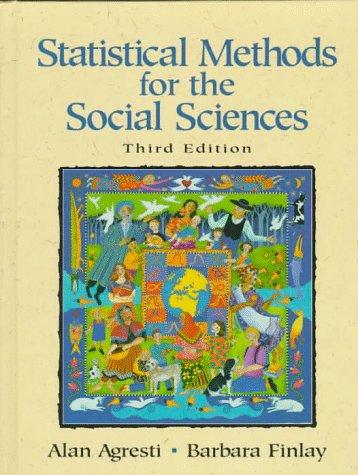34. The variables annual income (thousands of dollars). X = number of years of edu- cation, and...
Question:
34. The variables annual income (thousands of dollars). X = number of years of edu- cation, and X2 number of years experience in job are measured for all the employees having city-funded jobs, in Knoxville, Tennessee. The following prediction equations and correlations apply i. = 10+ 1.0X;. ii. = 14+.4X2. 1 = .30. r = .60. The correlation is -40 herween X, and X. Which of the following statements are true?
a) The strongest sample association is between Y and X.
b) The weakest sample association is between X, and X2.
c) The prediction equauon using X to predict X has negative slope.
d) A standard deviation increase in education corresponds to a predicted increase of 3 standard deviations in income.
e) There is a 30% reduction in error in using education. instead of P. to predict income.
f) Each additional year on the job con esponds to a $400 increase in predicted income. g) When X, is the predictor of Y, the sum of squared residuals (SSE) is larger than when X is the predictor of Y. h) The predicted mean income for employees having 20 years of expenence is $4000 higher than the predicted mean income for employees having 10 years of experience. i) Ifo = 8 for the model using X, to predict Y, then it is not unusual to observe an income of $70,000 for an employee who has 10 years of education. j) It is possible that sy = 12.0 and sx, = 36. k) It is possible that = 20 and X = 13. Select the best response(s) in Problems 7.35-7.37.
Step by Step Answer:

Statistical Methods For The Social Sciences
ISBN: 9780135265260
3rd Edition
Authors: Alan Agresti, Barbara Finlay





